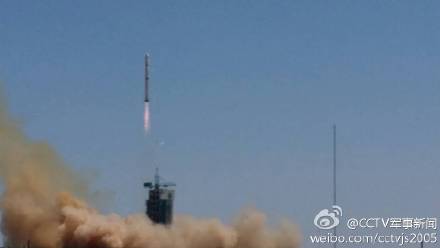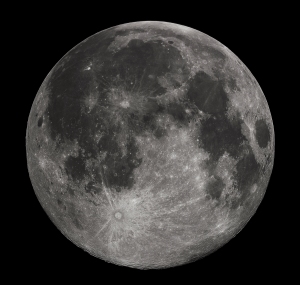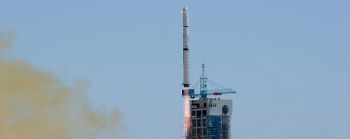
我国成功发射遥感卫星二十一号_图片频道_新华网
9月8日,搭载遥感卫 星二十一号的长征四号乙运载火箭点火升空。当日11时22分,我国在太原卫星发射中心用长征四号乙运载火箭,成功将遥感卫星二十一号发射升空,卫星顺利进 入预定轨道。此次任务还同时搭载发射了国防科技大学研制的天拓二号卫星。遥感卫星二十一号,主要用于科学试验、国土资源普查、农作物估产及防灾减灾等领 域。天拓二号卫星主要用于小卫星技术试验。这是长征系列运载火箭的第193次飞行。新华社记者 燕雁摄
China launches remote sensing satellite
2014-09-08 05:38:55 GMT2014-09-08 13:38:55(Beijing Time)
Xinhua English
TAIYUAN, Sept. 8 (Xinhua) -- China successfully launched the Yaogan-21 remote sensing satellite into preset orbit at 11:22 a.m. on Monday Beijing Time (0322 GMT) from Taiyuan Satellite Launch Center.
Also launched in this mission was the Tiantuo-1 satellite, designed and built by the National University of Defense Technology and carried by Long March-4B rocket.
Yaogan-21 will be used for scientific experiments, natural resource survey, estimation of crop yield and disaster relief, while Tiantuo-1 was designed for smart satellite experiments.
The launch is the 193rd mission for the Long March rocket family.
China returns to action with Yaogan Weixing-20 mission | NASASpaceFlight.com
August 9, 2014 by Rui C. Barbosa
Closing a four month gap since the previous orbital launch, China successfully launched the Yaogan Weixing-20 mission from the Jiuquan Satellite Launch Center. Launch took place on Saturday at 05:45 UTC from the 603 launch pad of the LC43 launch complex using a Long March-4C (Chang Zheng-4C) launch vehicle.
Chinese Launch:
The Yaogan Weixing-20 mission is composed of three satellites, with Chinese media referring to the new satellite as “a new remote sensing bird that will be used for scientific experiments, land survey, crop yield assessment, and disaster monitoring.”
As was the case in the last launches of the Yaogan Weixing series, Western analysts believe this class of satellites is being used for military purposes.
In particular this mission is similar to the Yaogan Weixing-9, Yaogan Weixing-16 and Yaogan Weixing-17, with three satellites flying in formation like a type of NOSS system.
Designed for locating and tracking foreign warships, the satellites will collect the optical and radio electronic signatures of the maritime vessels that will be used in conjunction with other information valuable for the Chinese maritime forces.
Yaogan-9 was launched on March 5, 2010, with Yaogan-16 bring was launched on November 25, 2012, and Yaogan-17 launched on September 1st, 2013.
This launch was the 202nd Chinese orbital launch and the 201st launch of the Long March launch vehicle family. It was also the 65th successful orbital launch from the Jiuquan Satellite launch Center.





















































